If you are familiar with the “Madagascar” movies, you can guess that the central arch of a penguins movie has to be completing a mission. So what mission could be unique enough to make for a movie plot? It must be big, be emotional, involve an evil villain, reflect upon penguins’ past, and be funny. “Penguins of Madagascar” is all that and more.
While on a mission to break into one of the most secure places in the U.S., the penguins meet their first nemesis: evil genius Dr. Octavius Brine, voiced by John Malkovich, who plans to terrorize the world with a newly developed serum. Their first battle with Brine sets the stage for introducing a covert operations team called the North Wind. Later, after bad luck for the penguins and North Wind, one of the penguins becomes a captive. The captive is none other than the cute, cuddly and amenable penguin, Private. With things getting personal, it’s up to the penguins to stop Brine and save Private. The story thus revolves around Private, the baby of the team. With Skipper as the leader, Kowalski as the brain, and Rico as the handyman, Private finds himself in an never-ending battle to find his calling and showing the world that he is more than just “cute and cuddly”.
With an array of fresh characters added to the “Madagascar”-verse as well as comedy, romance, rivalry and saving the world, “Penguins of Madagascar” makes for the right mix for your weekend at the multiplex. It may not be the best animated movie you’ve seen, but is sure worth checking out.
Grade: A-
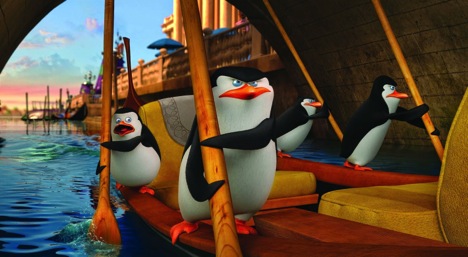
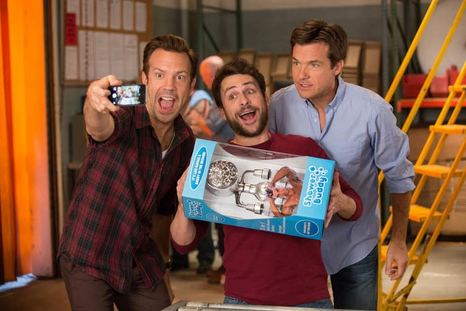
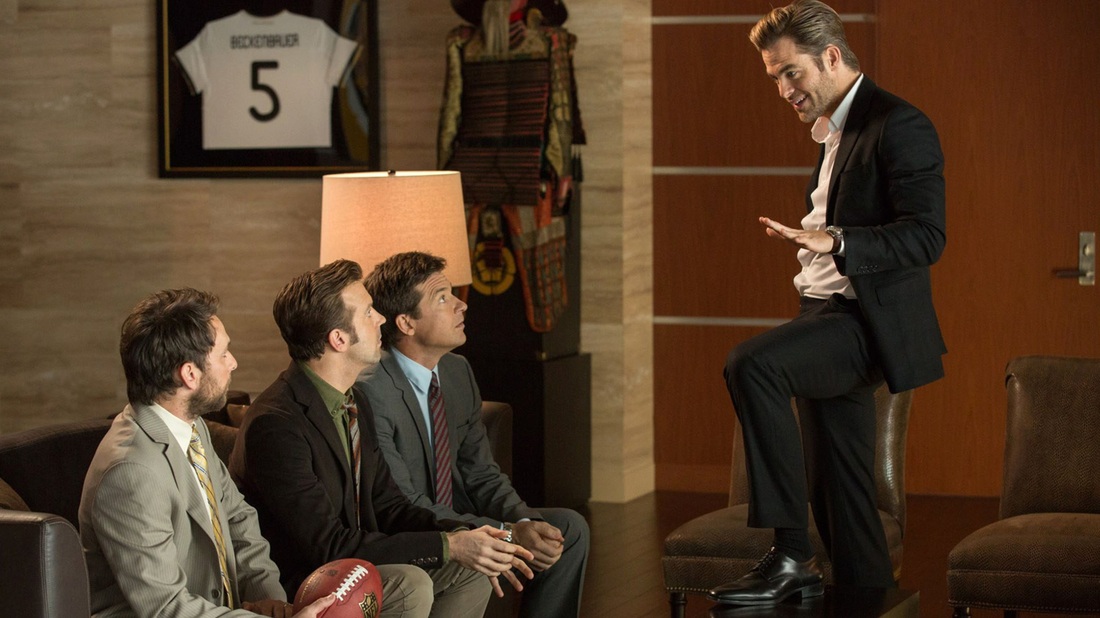
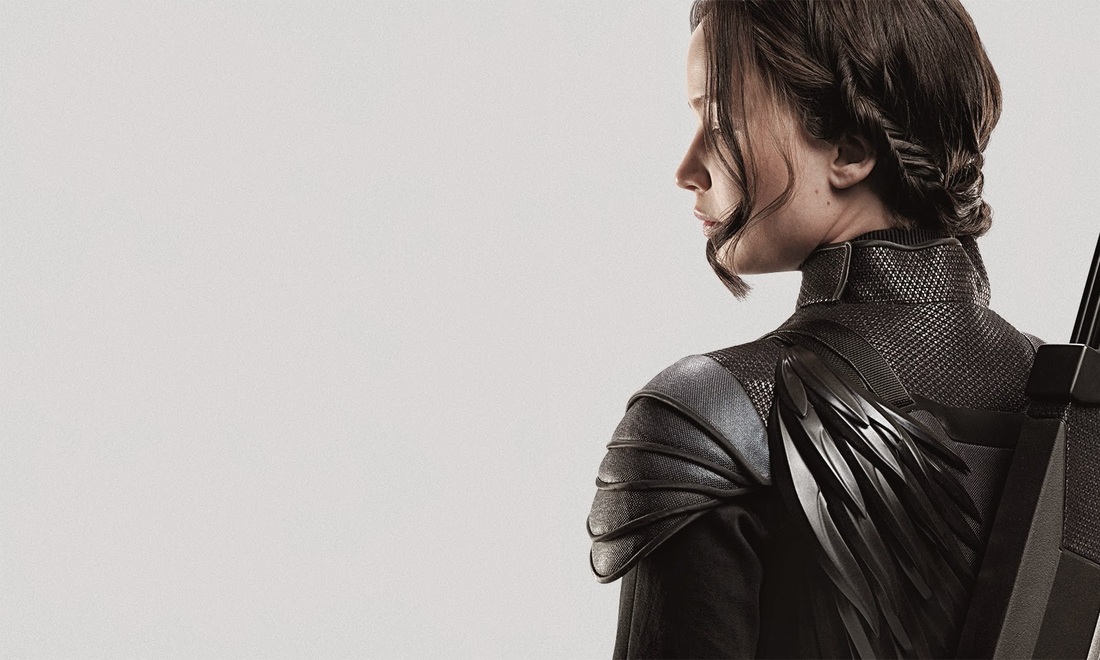


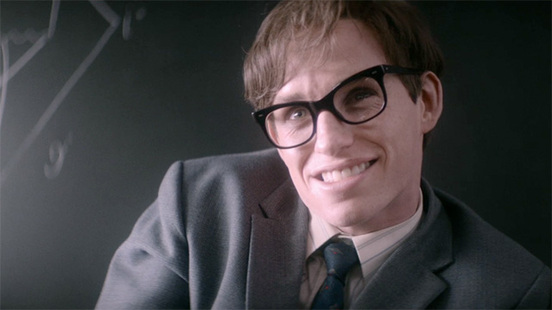
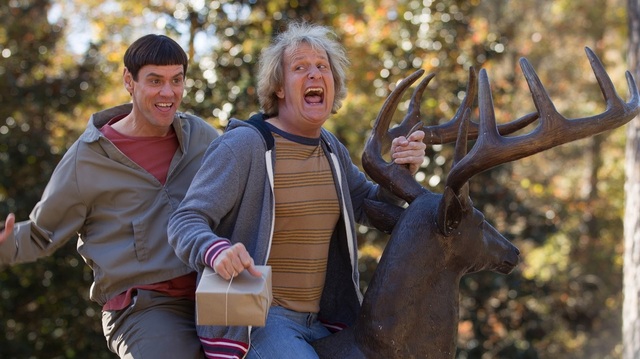
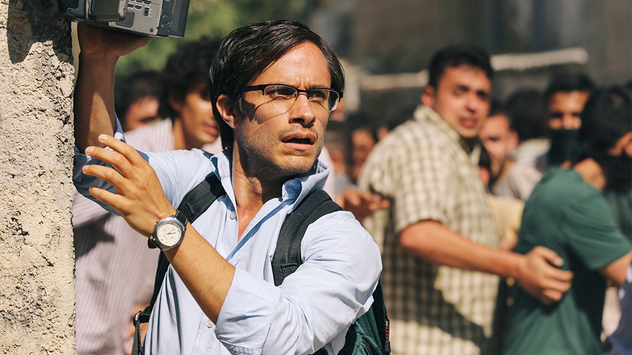
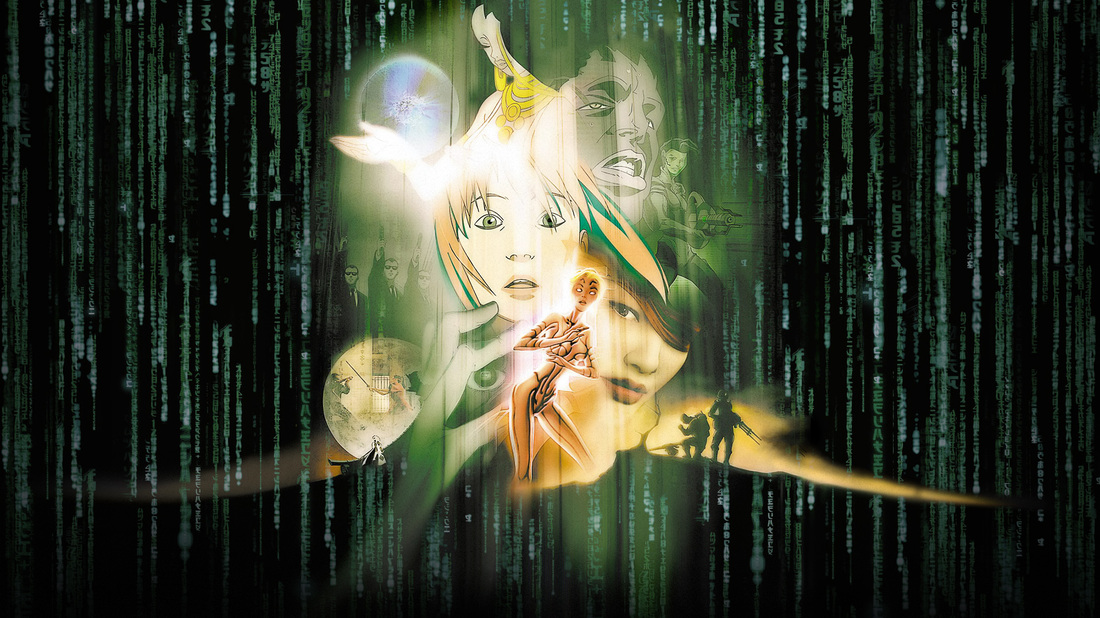
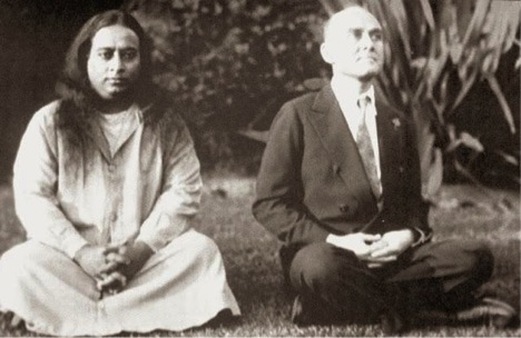
 RSS Feed
RSS Feed
